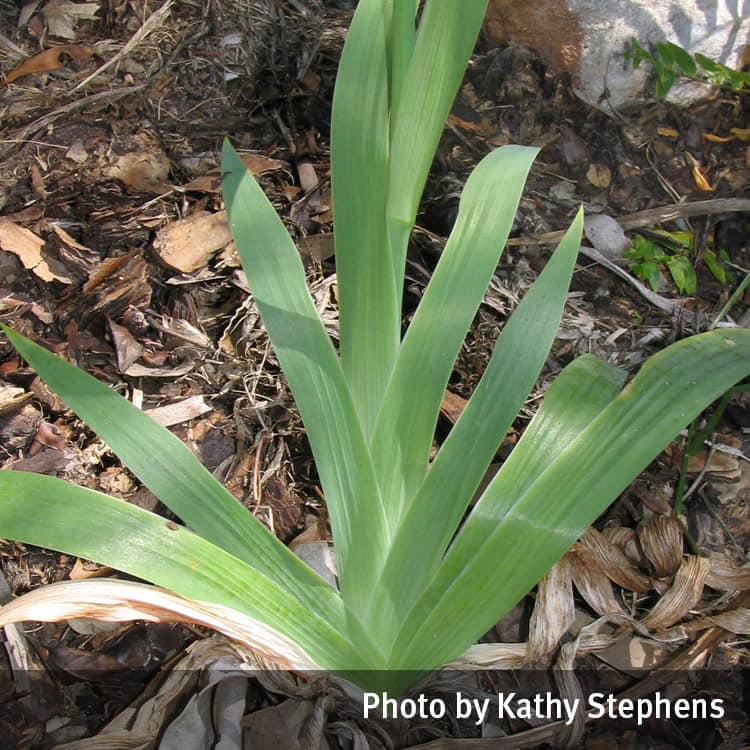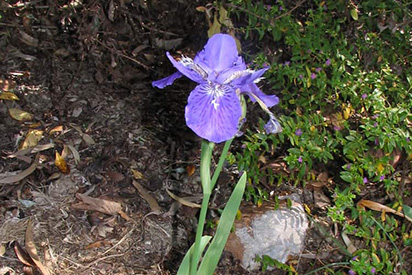Warning
Seek medical attention if symptoms occur.
Description
Popular as garden ornamentals this group of distinctive perennial plants comes in a wide variety of colours and types.
This includes those with rhizomes or bulbs, and flowers which may be bearded or not. There are many Iris cultivars and hybrids grown in gardens.
The flower usually has three larger and three smaller petals with a three-branched style which can look petal-like. The flat, green to bluish-green leaves are sword-shaped, arising from the base of the plant.
Toxicity
Symptoms
All parts of the plant are poisonous, especially the roots. Symptoms can include a burning sensation of the mouth and throat, abdominal pain, nausea and diarrhoea. Skin contact with the seeds, leaves (sap) or roots may cause dermatitis.
Images


Details
Common name: Iris
Botanical name: Iris species (most common species include I. germanica; I. pseudacorus, I. foetidissima as well as numerous hybrids and cultivars such as the Louisiana irises.
Other common names: German iris, bearded iris, Louisiana iris, yellow water iris, fleur-de-lis.
Family: Iridaceae
General description: Popular as garden ornamentals this group of distinctive perennial plants comes in a wide variety of colours and types. This includes those with rhizomes or bulbs, and flowers which may be bearded or not. There are many Iris cultivars and hybrids grown in gardens.
Flowers: The flower usually has three larger and three smaller petals with a three-branched style which can look petal-like.
Leaves: The flat, green to bluish-green leaves are sword-shaped, arising from the base of the plant.
Fruit/Berries: The fruit is an oblong capsule containing many angled seeds.